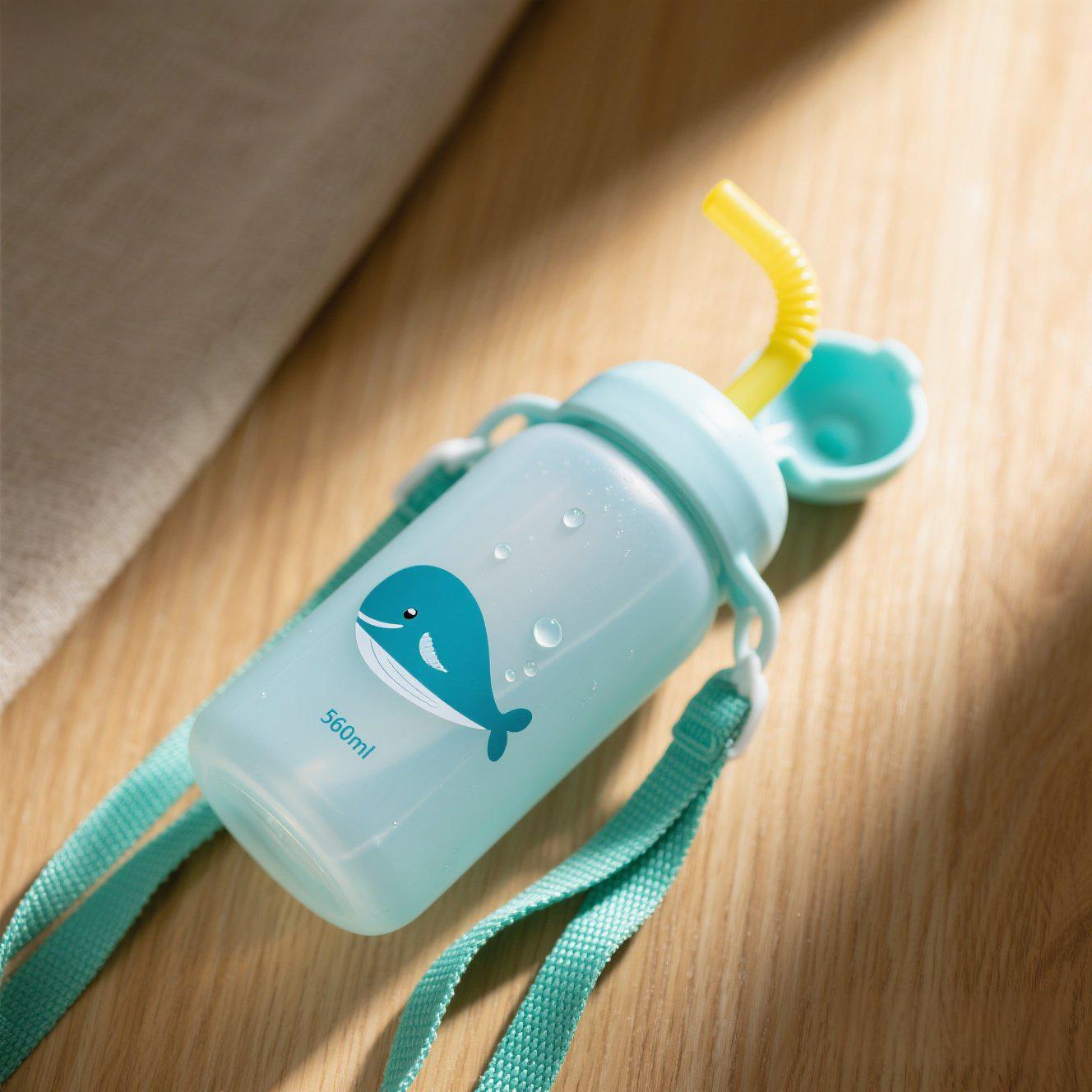目录
硅胶发刷按摩器的好处
对头皮和头发温和
硅胶发刷按摩器的主要优点之一是温和。与硬塑料或金属制成的传统刷子不同,硅胶刷毛柔软而富有弹性,降低了刺激头皮和损伤头发的风险。这使它成为头皮敏感者或希望获得更细腻梳发体验者的绝佳选择。
促进血液循环和头发生长
硅胶刷毛的设计可刺激头皮的血液循环,有助于促进头发生长和改善头皮的整体健康。经常使用硅胶发刷按摩器可以让头发更强韧、更健康,头皮更有活力。
![]()
![]()
减少静电和缠结
硅胶以其抗静电特性而著称,这使得 硅胶发刷按摩器 在减少头发静电方面特别有效。这有助于防止头发打结和断裂,确保日常护发更顺滑、更易于打理。
易于清洁和维护
护发工具的卫生至关重要。硅胶发刷按摩器表面光滑无孔,易于清洁和维护。只需用清水或中性肥皂冲洗即可保持卫生,并为下次使用做好准备。
定制硅胶发刷:根据您的需求量身定制
对批发商而言,可选择 个性化 硅胶发刷按摩器的一大优势。定制设计、颜色和品牌有助于将您的产品与竞争对手区分开来,并满足客户的特定需求。无论您是要创建自有品牌产品,还是要提供独特的设计,定制硅胶发刷按摩器都能为您量身定制,以适应您的业务战略。 ![]()
![]()
如何选择合适的硅胶发刷按摩器
在为您的批发业务选择硅胶发刷按摩器时,有几个因素需要考虑:
材料质量
确保使用高质量的食品级硅胶。这样才能保证产品的安全性和耐用性,使其更受客户青睐。
设计与功能
设计应符合人体工程学,使用舒适。刷毛间距要均匀,长度要合适,既能提供有效的按摩,又不会造成不适。
品牌声誉
选择在质量和可靠性方面具有良好声誉的供应商。通过阅读其他批发商的评论和推荐,可以对产品的性能和耐用性有宝贵的了解。
定价和批量折扣
作为批发商,您需要找到一家能提供有竞争力的价格和批量折扣的供应商。这样,您就能为客户提供具有成本效益的解决方案,同时保持健康的利润率。
硅胶发刷按摩器与传统按摩方法的比较
有效性
传统的头皮按摩技术虽然效果显著,但往往需要花费更多的时间和精力。硅胶发刷按摩器提供了一种方便、高效的替代方法,让用户能够以较少的精力获得类似的效果。柔软的刷毛可提供持续、可控的按摩,确保整个头皮得到均匀的护理。
便利性
传统的按摩方法可能需要使用精油或乳液,既麻烦又费时。而硅胶发刷按摩器使用方便,无需任何额外步骤,即可纳入日常护发程序。
一致性
头皮护理的关键是保持一致性。硅胶发刷按摩器可确保每次使用时都能提供均匀、轻柔的按摩,而手动技术则不一定能做到这一点。
多功能性
除了头皮护理,硅胶发刷按摩器还可用于其他用途,如身体按摩。这种多功能性增加了产品的价值,使其对更多客户更具吸引力。
结论
硅胶发刷按摩器改变了护发行业的游戏规则,将轻柔、有效和方便独特地结合在一起。对于批发商来说,这是一个扩大产品种类、满足对创新护发解决方案日益增长的需求的机会。通过选择高品质、可定制的硅胶发刷按摩器,您可以为客户提供在市场上脱颖而出并具有真正价值的产品。



